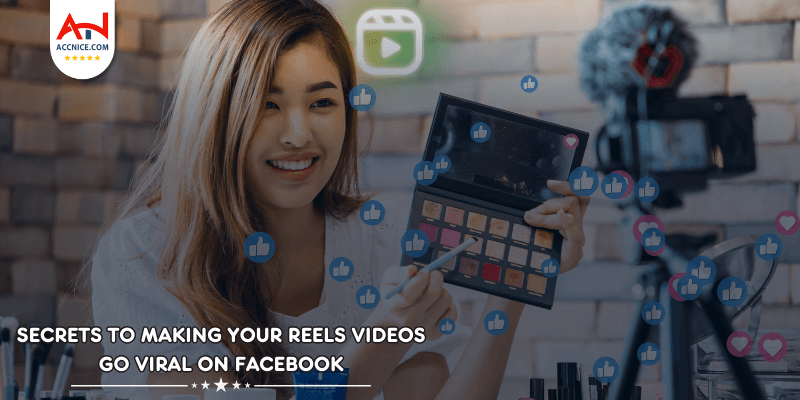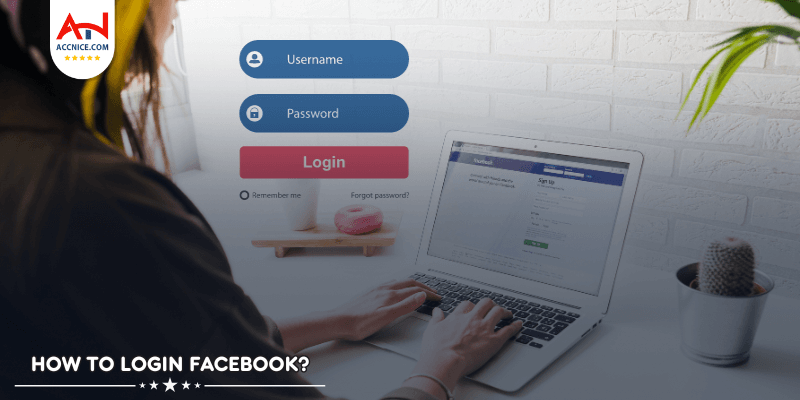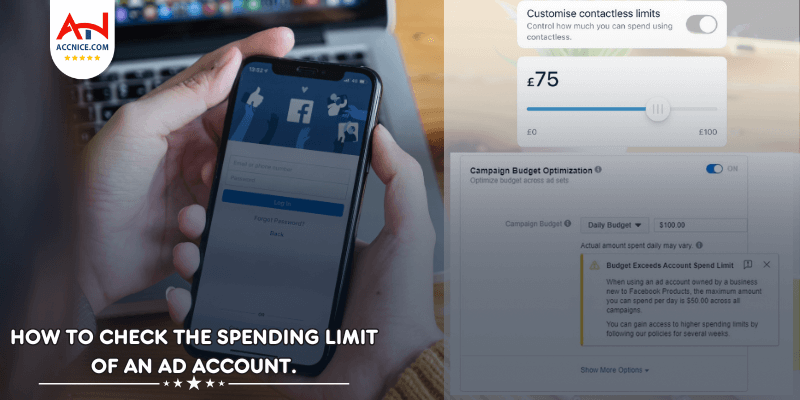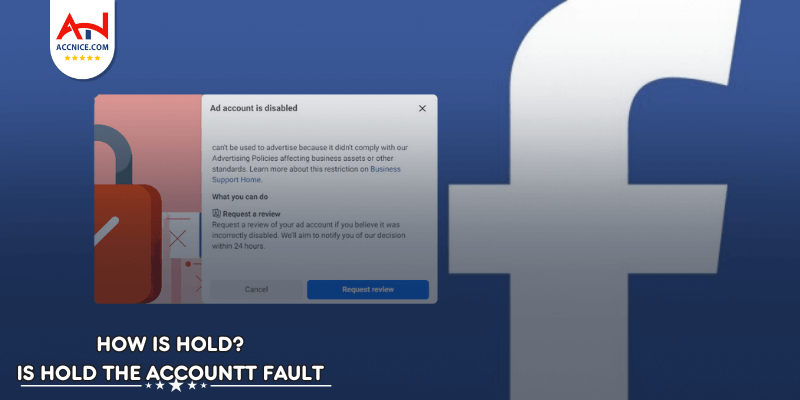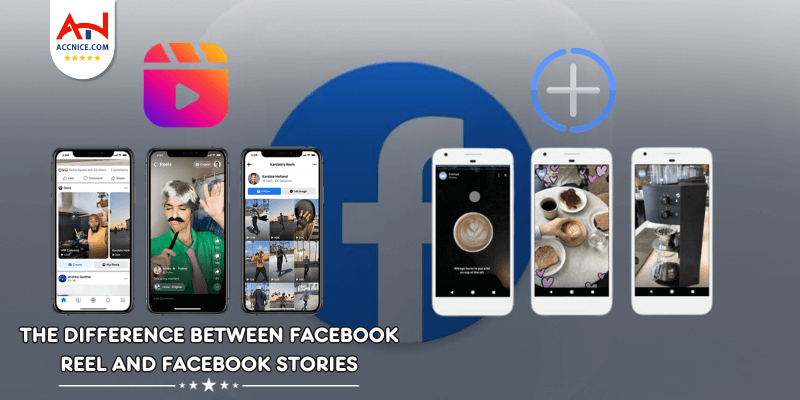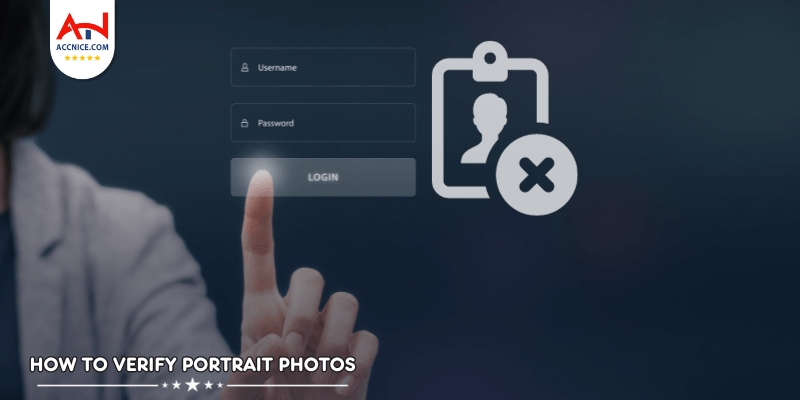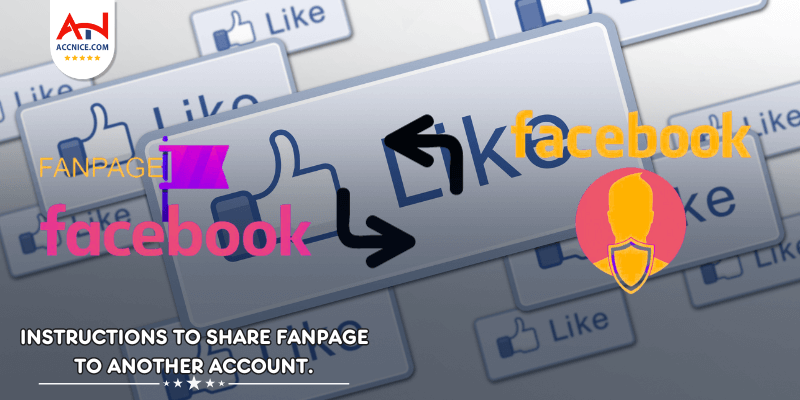
Facebook advertising provides a great platform for affiliate marketers to reach a large audience and increase revenue. Accnice will guide you through effective strategies to leverage Facebook Ads to increase your affiliate marketing income.

Facebook Ads are targeted advertisements that appear on users' Facebook feeds, Stories, and other placements within the platform. They allow businesses to reach specific audiences based on various criteria such as demographics, interests, and behaviors. Advertisers can create different types of ads, including image, video, carousel, and slideshow ads, each designed to engage users in unique ways. The platform's robust targeting options and wide range of ad formats make it a versatile tool for marketers.
Using Facebook Ads for affiliate marketing offers several benefits, including:
Targeted Reach: Facebook's advanced targeting capabilities allow you to reach a highly specific audience. You can target users based on their age, gender, location, interests, online behavior, and even their interactions with your previous content. This precision ensures that your ads are seen by people who are most likely to be interested in the products you are promoting.
Cost-Effective: Facebook Ads offer flexible budget options to suit different financial capacities. You can set daily or lifetime budgets and adjust your spending based on the performance of your ads. This flexibility allows you to start with a small budget and scale up as you see positive results, making it accessible for both small and large businesses.
Measurable Results: Facebook provides detailed analytics to track the performance and ROI of your ads. You can monitor key metrics such as reach, impressions, clicks, click-through rates (CTR), and conversions. These insights help you understand how your ads are performing and where improvements can be made. By analyzing this data, you can optimize your campaigns to achieve better results and higher returns on your investment.
Objective: Increase conversions for a fitness gadget.
Target Audience:
Ad Format: Video ad demonstrating the fitness gadget in use, with a compelling headline and a clear call-to-action button saying "Buy Now."
Ad Copy: "Transform your workouts with our state-of-the-art fitness gadget! Track your progress, stay motivated, and reach your goals faster. Limited time offer – get 20% off today! #FitnessGoals #HealthyLiving"
Performance Tracking: Monitor reach, engagement, CTR, and conversions using Facebook Ads Manager. Adjust targeting and ad creative based on performance data to improve results.
By leveraging the benefits of Facebook Ads, you can effectively promote affiliate products, reach your target audience, and drive sales in a cost-efficient and measurable way.
To start using Facebook Ads, you need to create a Facebook Business Account. This account will allow you to manage your ads, track performance, and access advanced advertising tools. Follow these steps to create your account:
Identify your target audience based on factors such as age, gender, location, interests, and online behavior. Use Facebook's Audience Insights tool to gather detailed information about your potential customers. This tool provides valuable data on your audience’s demographics, page likes, location, activity, and more. To define your audience:
Facebook offers various ad formats, each designed to engage users in different ways. Select the format that best suits your marketing goals and content type:
Image Ads: These are simple and effective for grabbing attention. Use high-quality images with minimal text to create a clear, compelling message. Ideal for promotions and quick announcements.
Video Ads: These are engaging and informative, perfect for showcasing products in action. Use videos to demonstrate how your product works, share customer testimonials, or tell a story that resonates with your audience.
Carousel Ads: These allow multiple images or videos in a single ad, which is perfect for highlighting different features or multiple products. Users can swipe through the carousel, making it interactive and engaging.
Collection Ads: These are great for mobile users, offering a seamless shopping experience. Collection ads feature a cover image or video followed by several product images. When users click on the ad, they enter a full-screen experience to browse and purchase products.
1. Creating a Facebook Business Account:
2. Defining Your Target Audience:
3. Choosing the Right Ad Format:
By carefully setting up your Facebook ads, defining your target audience, and choosing the right ad formats, you can effectively promote affiliate products and drive successful marketing campaigns on the platform.

Your ad copy should be clear, concise, and persuasive. Highlight the benefits of the product or service you are promoting and include a strong call-to-action (CTA). Make sure your copy resonates with your target audience. Here are some tips:
Example:
"Transform your fitness routine with our innovative workout gadget. Track your progress, stay motivated, and achieve your goals faster. Limited time offer – get 20% off today! Shop Now!"
Visuals play a crucial role in capturing attention. Use high-quality images or videos that are relevant to your ad. Ensure your visuals are aligned with your brand and message. Here are some guidelines:
Example:
For a fitness gadget ad, use a high-quality video showing someone using the gadget during a workout, highlighting its features and benefits in action.
User-generated content (UGC) can enhance the credibility of your ads. Include testimonials, reviews, or images from satisfied customers to build trust and authenticity. Here’s how to do it effectively:
Example:
Include a photo of a customer using your fitness gadget with a testimonial:
"I’ve tried many workout gadgets, but this one is a game-changer! It’s easy to use and has really helped me stay on track with my fitness goals. - Jane D."
Ad Copy:
"Achieve your fitness goals faster with our state-of-the-art workout gadget. Monitor your progress, stay motivated, and get results. Don’t miss our limited-time 20% discount! Shop Now!"
Visuals:
User-Generated Content:
By combining compelling ad copy, eye-catching visuals, and authentic user-generated content, you can create effective Facebook ads that capture attention, build trust, and drive conversions.

Conduct A/B testing to compare different versions of your ads. Test various elements such as headlines, images, and CTAs to determine what works best. Use the insights gained to optimize your ads for better performance. Here's how to conduct effective A/B testing:
Regularly monitor the performance of your ads using Facebook Ads Manager. Pay attention to key metrics such as:
Regular monitoring helps you identify trends, understand your ad performance, and spot areas for improvement.
Based on your performance analysis, make necessary adjustments to your ad strategy. Experiment with different targeting options, ad formats, and content to find the most effective approach. Here are some strategies for optimization:
A/B Testing:
Monitoring Performance:
Adjusting Strategy:
Conclusion
Using Facebook Ads effectively can significantly boost your affiliate marketing revenue. By understanding the platform, setting up targeted ads, crafting compelling content, and continuously optimizing your strategy, you can achieve impressive results. Start leveraging Facebook Ads today to take your affiliate marketing efforts to the next level. Through regular A/B testing, performance monitoring, and strategic adjustments, you can refine your approach and maximize your success.
